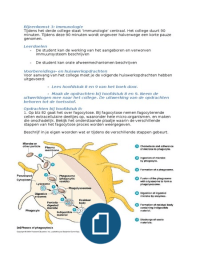Resumen
Summary ATPL-021-AGK
- Grado
- Institución
ATPL - 021 - AGK fait référence à une section du programme de la licence de pilote de ligne (ATPL) axée sur l'étude des systèmes et connaissances générales des aéronefs (AGK, Aircraft General Knowledge). Voici les points clés qui pourraient être résumés dans ce domaine : Structures ...
[Mostrar más]





